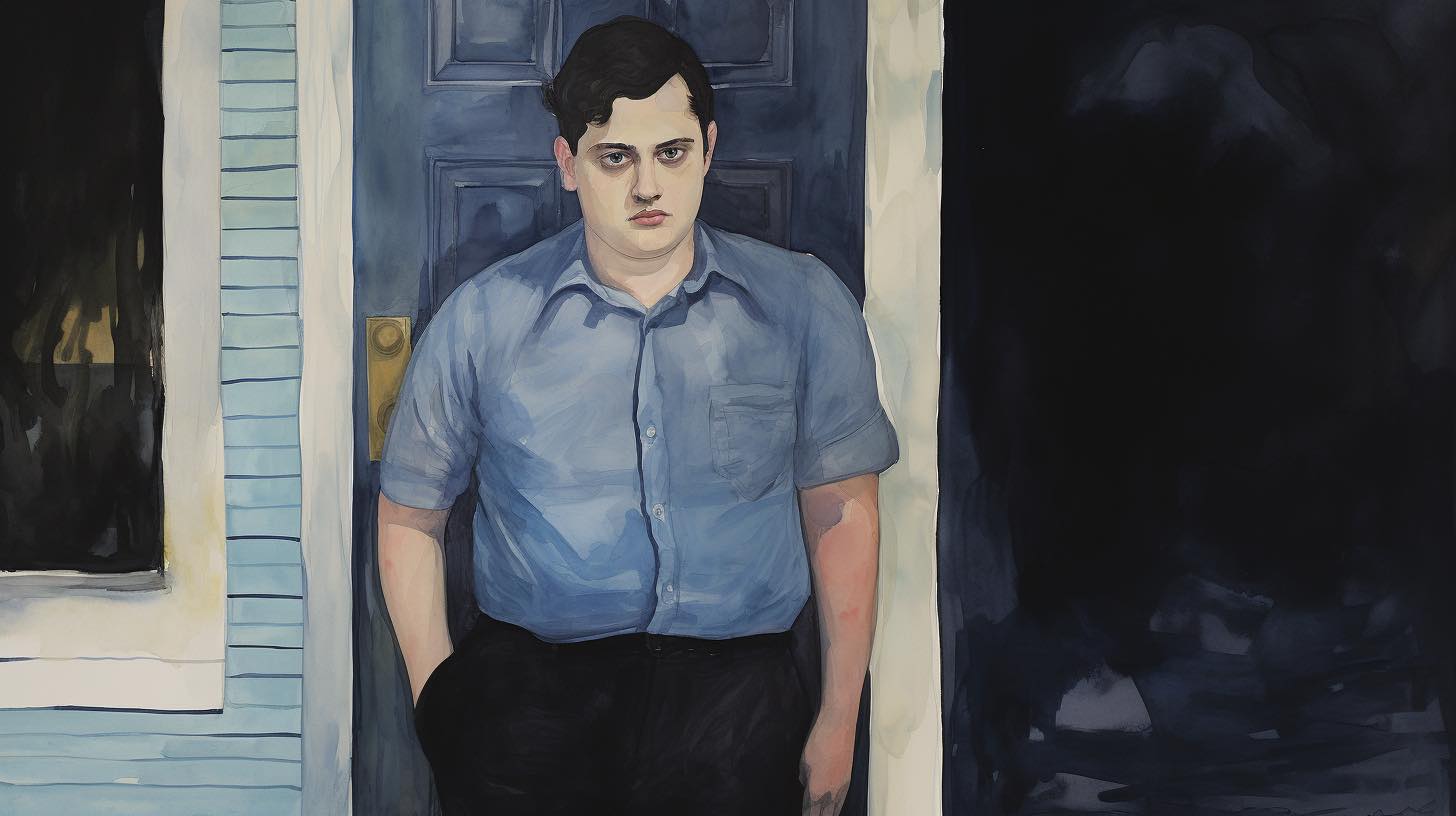Tag: research
-

How OCD affects your daily life – and 5 tips to improve it
Obsessive-Compulsive Disorder (OCD) is a chronic mental health condition that can significantly impact a person’s daily life. Here are some of the implications: Cognitive Restructuring Cognitive restructuring is a therapeutic process that helps individuals identify and challenge irrational or maladaptive thoughts, such as those often found in OCD. Here’s how it can help: 5 examples…
-

Is OCD neurodivergent?
My name is Eva, and I have Obsessive-Compulsive Disorder, or OCD for short. My brain works a bit differently than most people’s, and I’d like to share my experience with you to give you an honest perspective on the challenges of living with OCD. Having OCD is incredibly difficult. My life is constantly interrupted by…
-

What is the best OCD self treatment?
The cost of OCD therapy can vary widely depending on factors such as location, type of treatment, duration, and insurance coverage. Individual psychotherapy sessions can range from $100 to $250 per hour or more, while group therapy sessions may be more affordable at up to $80 per session. Intensive outpatient programs and residential treatment programs…
-

What do the new advancements in AI mean for people with OCD?
New advancements in AI have the potential to positively impact people with OCD in several ways, including: What about risks? There are several risks associated with the use of AI in mental health care, particularly for individuals with OCD. Some of these risks include: What about risks that are more specific to OCD? While many…
-

OCD Digital therapeutics: Why is OCD difficult to treat?
Obsessive-compulsive disorder (OCD) is a mental health condition that is notoriously difficult to treat, and medication is often only partially effective. There are several reasons why medication may not be enough to improve OCD symptoms: OCD and the placebo effect The placebo effect is a phenomenon in which a person experiences a positive therapeutic effect…
-

OCD: the neurobiology
Obsessive-Compulsive Disorder (OCD) is a complex mental health condition characterized by persistent, uncontrollable thoughts, fears, or doubts (obsessions) that drive an individual to perform repetitive behaviors or mental acts (compulsions) in an attempt to alleviate the distress caused by the obsessions. The main theories Recent studies in brain science have shed new light on the…
-

On CBT, AI and OCD
Cognitive Behavioral Therapy (CBT) is a popular approach to mental health treatment that focuses on how thoughts and beliefs can influence behavior. CBT focuses on identifying and challenging negative thought patterns and developing healthier, more realistic coping strategies. This approach encourages individuals to look at the way they think and the decisions they make in…
-

Anxiety: 3 common negative biases
Anxiety is a common mental health condition that affects millions of people worldwide. One of the key features of anxiety is the presence of cognitive biases, which are patterns of thinking that can lead to distorted perceptions of reality. I’ve always struggled with anxiety, but one of the worst things about it for me has…
-

5 tips for mental preparation to the holiday season
The holidays can be a tough time for people for a number of reasons. Studies have shown that the holidays can take a toll on people’s mental health, especially if they are struggling with depression, anxiety, or other mental health conditions. First, there is the pressure to spend time with family and friends, which can…
-

3 tips for using mindfulness to help OCD
When I was first diagnosed with OCD, I was really scared. I had no idea what was happening to me or how to deal with it. But my therapist suggested I try mindfulness, and it has completely changed my life. Mindfulness has helped me to be in the moment and to not worry about things…
-

OCD, PTSD, and how to cope with both
After my car accident, I was diagnosed with PTSD. I was having intrusive thoughts about accidents and feeling like I was in danger all the time. I was also hypervigilant and always on the lookout for potential threats. My friends and family were trying to be supportive, but I felt like I was struggling to…
-

3 Tips for improving your confidence if you have OCD
People with OCD often have issues with confidence because they are constantly doubting themselves and their abilities. This can be extremely frustrating and debilitating, as it can prevent them from enjoying activities or participating in activities that they used to enjoy. I have ocd and it really affects my confidence. I tend to second guess…
